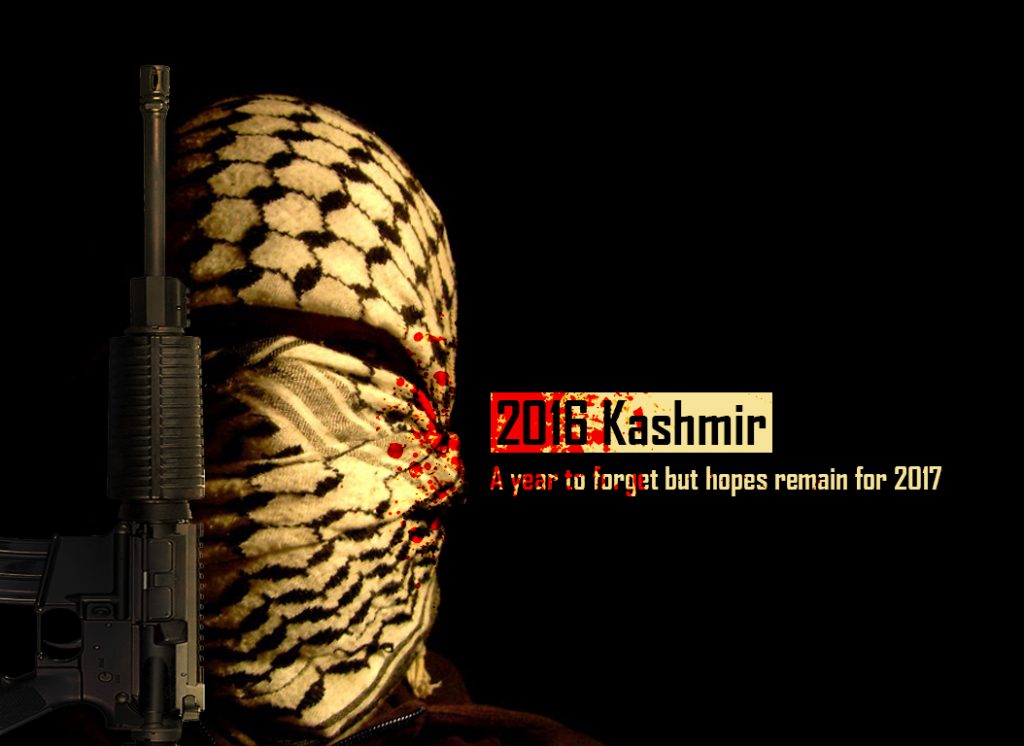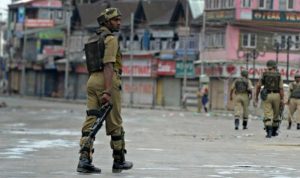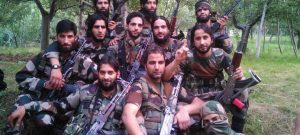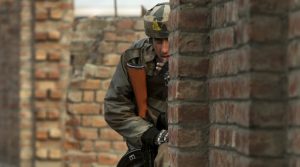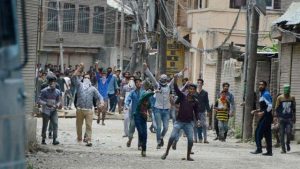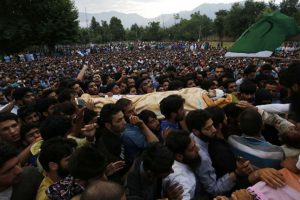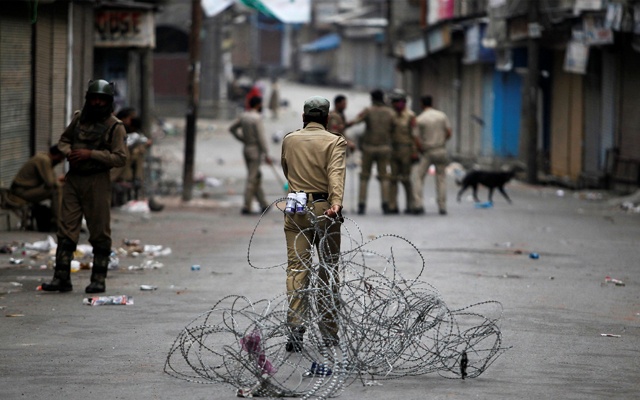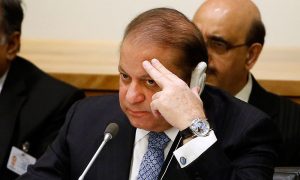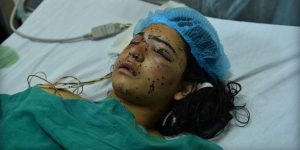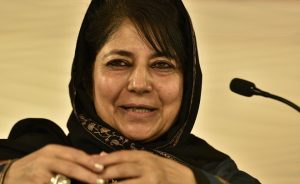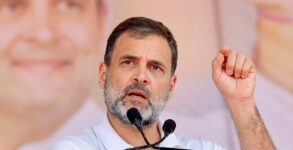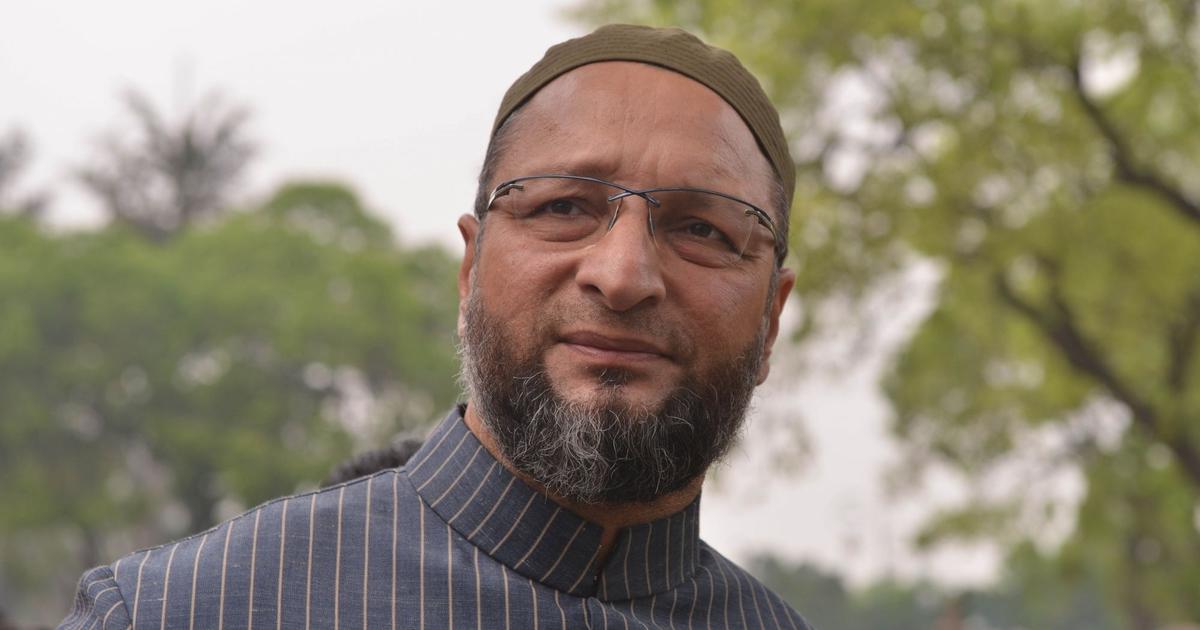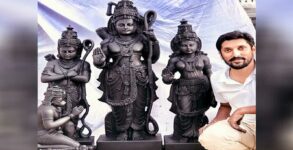Kashmir has been a hotbed for conflicts. In 2016, the unrest or so called ‘Burhan Aftermath’ following the death of alleged militant Burhan Wani on July 8th, shocked the nation and drew the attention of world.
The death of the militant evoked violent protests across the Kashmir valley causing deaths of more than 85 people while over 13,000 civilians and more than 4,000 security personnel have been injured.
Newsd brings you details what happened in Kashmir in 2016.
Who was Burhan Wani?
Burhan was born in Dadsara village of Tral area of Pulwama, Jammu & Kashmir to Muzaffar Ahmad Wani, a principal of a higher secondary school and Maimoona Muzaffar, a postgraduate of science who teaches the Quran in her village.
He had 4 siblings, including his elder brother Khalid Muzaffar Wani, sister Iram Muzaffar and 2 younger brothers, one of whom is Naveed Alam.
What forced him to join militancy?
As per reports, Wani had reportedly decided to join the militancy due to an incident in which security personnel beat him up. Burhan was a class X student when he went out with his brother Khalid to take a spin in the latter’s new bike in Tral, in Pulwama district where they lived. They were accompanied by a friend. The friend later told The Greater Kashmir, that they were intercepted on their way by a group of Indian Army personnel who ordered the teenagers to buy them cigarettes.
Back in 2000, the friend said, this was routine. Officers allegedly stopped young Kashmiri boys and frisked them, or asked them to buy cigarettes in return of letting them use the road.
Khalid Wani went to buy cigarettes and returned. However, the friend said, the officers still attacked them and beat them up.
Khalid fell unconscious, his new bike was damaged, while Burhan and his friend managed to run away. While fleeing, Burhan, threatened the Army officers that he is going to ‘avenge’ what they did to his brother. According to the same report, six months later in 2010, Wani fled his home and joined the Hizbul Mujahideen.
What made him popular?
He was popular among the Kashmiris due to his social media activity and had issued many photos and videos on social media against Indian rule in Kashmir.
His fan following forced the Hizbul to own him in 2011 and declare him as one of their commanders.
Wani waged psychological warfare by releasing videos and pictures online. A picture of him with 10 gun-toting local youths went viral last year and made him the poster boy of the Hizbul Mujahideen. In the video released in June, Wani was seen playing cricket with other militants.
How his popularity created hurdles for security force?
A police officer told a daily that every time an operation was launched against Wani, their movement was reported to him (Wani) by his huge network of young supporters and fans.
Wani, the face of new-age militancy in Kashmir, played a key role in making Hizbul Mujahideen stronger than the Lashkar-e-Taiba in the Valley.
“Since 2010, he must have influenced more than 60 youths in south Kashmir to join militancy. He received training locally without crossing into Pakistan-occupied Kashmir,” a police source told the daily.
What happened on July 8th?
On July 8th, he was killed along with two other militants Sartaj Ahmad Sheikh and Pervaiz Ahmad Lashkari in an encounter conducted by security forces in Anantnag district.
Described by security agencies as “the biggest-ever success” in recent times, Wani, who carried a reward of Rs 10 lakh on his head, was tracked after a tip-off that he was planning to come down from the Tral forest area for Eid celebrations.
Reactions after Wani’s death
After the news of his death spread, violent protests erupted in some areas of Kashmir Valley. Separatist leaders have called for shutdown in Kashmir which has been repeatedly extended. Police stations and security forces have been attacked by mobs. Stone pelting was reported from many parts in Kashmir including upon transit camps of Kashmiri Pandits. Following, the violent protests more than 200 Kashmiri Pandit employees fled the transit camps during night time on 12 July.
The violence which erupted after his death has been described as the worst unrest in the region since the 2010 Kashmir unrest.
Wani’s controversial funeral
Scores of people assembled in Tral, Wani’s hometown, to participate in his funeral prayers. Reports suggest that over 50,000 people congregated to mourn his death and joined his funeral procession.
Militants were also present at his funeral and offered him a three-volley salute. Burhan’s body was wrapped in a Pakistani flag, according to some reports, and buried alongside his brother Khalid’s in Tral, his hometown.
Government imposed curfew-like restrictions
Even after the funeral of Wani, the protests continue across the valley, fearing more violence, the State government has imposed curfew-like restrictions in Kashmir on 15 July. Internet services had snapped across the Valley and all top-ranking separatist leaders placed under house arrest.
The Amarnath pilgrimage has been repeatedly resumed and suspended due to the unrest. The restrictions continued for 53 consecutive days and was lifted from all parts of the region on 31 August 2016.
Wani’s death also sparked political storm
Peoples Democratic Party leader Muzaffar Hussain Baig alleged that the standard operating procedure hadn’t been followed during the encounter. He demanded that a commission be appointed to probe Wani’s killing.
Deputy Chief Minister Nirmal Singh rebuffed the demand stating that it was an anti-terrorist operation and there was no need for an inquiry.
Former J&K, Chief Minister Omar Abdullah said that his killing had made him the new icon of the disaffected section of the Kashmiri society and further warned that more Kashmiris will join the militancy after his death as compared to when he was alive.
Pakistan’s Prime Minister Nawaz Sharif, in a statement expressed “shock” over the killing of Burhan Wani and called Wani a “martyr” on 15 July.
Indian Ministry of External Affairs in response criticized Pakistan for “glorifying” terrorists belonging to proscribed terrorist organisations.
Indian Prime Minister Narendra Modi criticized the media alleging it was portraying the slain Wani as a “hero”.
Pakistan’s Ambassador to the United Nations Maleeha Lodhi during meeting with UN officials raised the killing of Wani describing it as an “assassination of a Kashmiri youth leader”.
During his speech at the United Nations General Assembly on 21 September, Sharif dubbed Burhan Wani as a “young leader” who had emerged as a symbol of the latest “Kashmiri Intifada”.
Pellet guns’ used by security forces against protesters in J&K drew flak
The recent violence in Jammu and Kashmir has brought pellet guns into focus. Over hundred people are being treated for severe eye injures after security forces fired pellet guns to contain violence triggered.
Police claim that it is a “non lethal weapon” but doctors treating pellet victims say it maims a person forever.
What are pellet guns?
Pellets are loaded with lead and once fired they disperse in huge numbers. They don’t follow a definite path. Pellets penetrate the skin’s soft tissues, and eye being the delicate structure is the most vulnerable to damage. Once the pellet goes inside an eye it shatters tissues and causes multiple damages to all parts of the eye.
How many people have lost sight in Kashmir?
The administration has not provided an exact number. The SMHS Hospital has received at least 182 patients with eye injuries till July 22, mostly due to pellets with more than 137 eye surgeries having taken place in which five people lost one eye completely.
A team of three eye-specialists from the All India Institute of Medical Sciences in New Delhi, headed by ophthalmologist Prof Sudarshan K. Kumar, reached Kashmir to help the local doctors in treating the pellet gun injuries. After watching the condition of patients in the hospital, they described it as a “war-like situation”.
Human Rights violation
Human Rights Watch strongly condemned the use of pellet guns on protesters and called it a failure of the authorities to respect basic human rights. According to a Sky News report, the Indian paramilitary fired up to 3,800 cartridges between July and August, each containing 450 metallic balls, totalling up to 1.7 million pellets.
What does the government say about use of pellet guns in Kashmir?
Mainstream and separatist leadership have always raised their voice against using of pellet guns. The ruling PDP in February 2014 created uproar in the assembly over use of pellet guns in South Kashmir district. Then the PDP president Mehbooba Mufti had attacked the then chief minister Omar Abdullah for ‘continuing with its brute pellet gun policy to render Kashmiri youth without eyesight.’ But, after coming to power the PDP has failed to stop the use of pellet guns in Kashmir.
A seven-member expert committee, headed by T.V.S.N Prasad, Joint Secretary, Ministry of Home Affairs, which was constituted on July 26 to look into the alternatives to pellet guns had submitted a report to the Home Secretary.
“There will be no blanket ban on the use of pellet guns. At the most, it will be used in rarest of rare cases. We cannot make our security forces a sitting duck,” said a top government official.
Union government’s delegation to pacify protesters
All-party delegation seeking to end turbulence in Kashmir concluded its two-day visit with no breakthrough, but Union Home Minister Rajnath Singh saw some positives even as he lashed out at the separatists for their refusal to meet the MPs.
Visibly unhappy at the stubborn refusal of Hurriyat leaders to meet some MPs who had literally knocked at their doors in Srinagar on Sunday, Singh said that their conduct was against democracy, humanity or even ‘Kashmiriyat’ (Kashmiri ethos).
J&K CM’s move sparked controversy after she approved compensation to militant’s family
Jammu and Kashmir Chief Minister Mehbooba Mufti on Wednesday said one needed to differentiate between militants and their families. “Militant aur militant ki family mein hume farq karna padega, unko ek hi nazar se nahin dekh sakte (We have to differentiate between militants and their families. (We) cannot look at both in the same manner),” she said.
In year 2016, a pall of gloom descended among the family members, who lost their loved ones in the unrest. It is believed that ‘hope is being able to see that there is light despite all of darkness’, so we hope that 2017 bring happiness and lasting peace to the valley.

